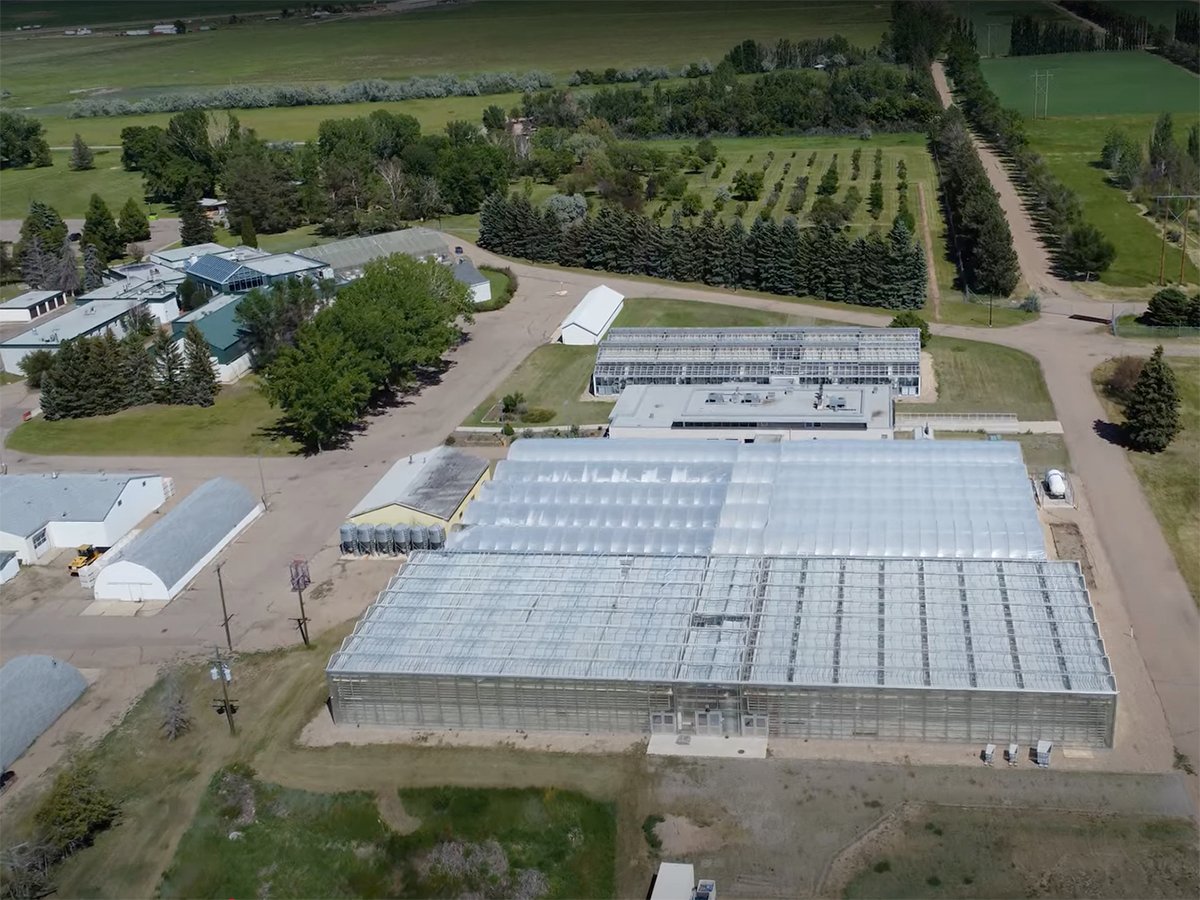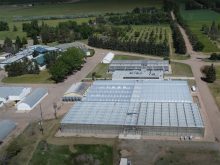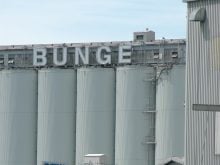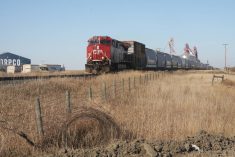Agrologists say feed supplies are rebounding from the brink of disaster
in drought-damaged Saskatchewan and Alberta.
“While things aren’t great and prices are really high, it looks like
for a lot of guys there might be enough to get through the winter, or
at least get close,” said Brian Doig, an animal agrologist with
Saskatchewan Agriculture in North Battleford.
Christoph Weder of Alberta Agriculture in Camrose agreed.
“Producers are looking at a lot of secondary growth in grain crops that
Read Also

Alberta crop diversification centres receive funding
$5.2 million of provincial funding pumped into crop diversity research centres
looked bad, but harvestable, before,” he said.
“Now there is a second crop of tillers that would yield pretty well if
we didn’t get frost before the end of October. So now there is a lot of
silaging and haying going on with that material – a lot of barley,
other cereals. We’re telling farmers to put up as much as they can get.
Even if it is more than they might need this year, it will keep. We
don’t know what next year is going to do to us yet.”
Doig said the frost that hit northern regions of western Saskatchewan
and eastern Alberta damaged a lot of canola that is now being salvaged
for livestock feed.
“It makes great feed, especially if it is still trying to flower, which
some is,” he said.
“It’s being sold standing for two or three cents a pound. At $40 a bale
that is good feed. And as feed, it is nearly as good as alfalfa.”
The canola is coming off the field at 17 percent protein with a 62 to
64 percent digestible nutrient content and drying down to 12 percent
protein and “40 to 50 percent energy with excellent nutrient content,”
Doig said.
“Some people are silaging it. But they have to remember this isn’t
barley. In the field it is 80 to 83 percent moisture and has waxy
cuticles. You need to let it wilt in the field for a few days to make
good silage and to get the moisture down to 55 or 60 percent.”
Vern Racz of the Prairie Feed Resource Centre in Saskatoon said coarse
canola stalks should be fed through a bale chopper or tub grinder to
maximize their feed value.
Doig and Weder said some producers in the Alberta-Saskatchewan border
regions will have to buy feed because crops were wiped out. However,
effects of early frost and improvements brought by August rain will
mean less competition for the few transportable stocks that are
available.














